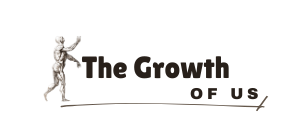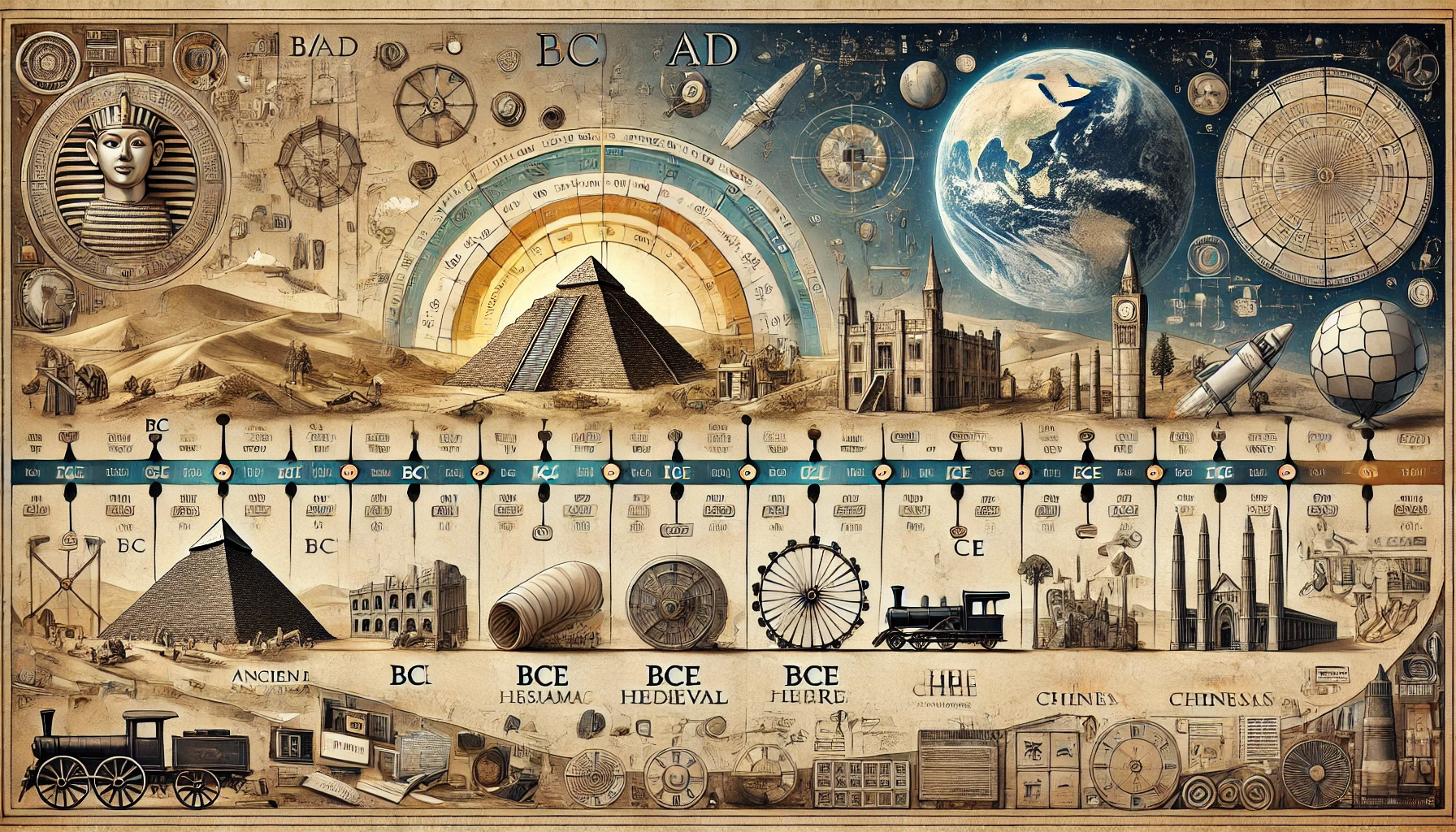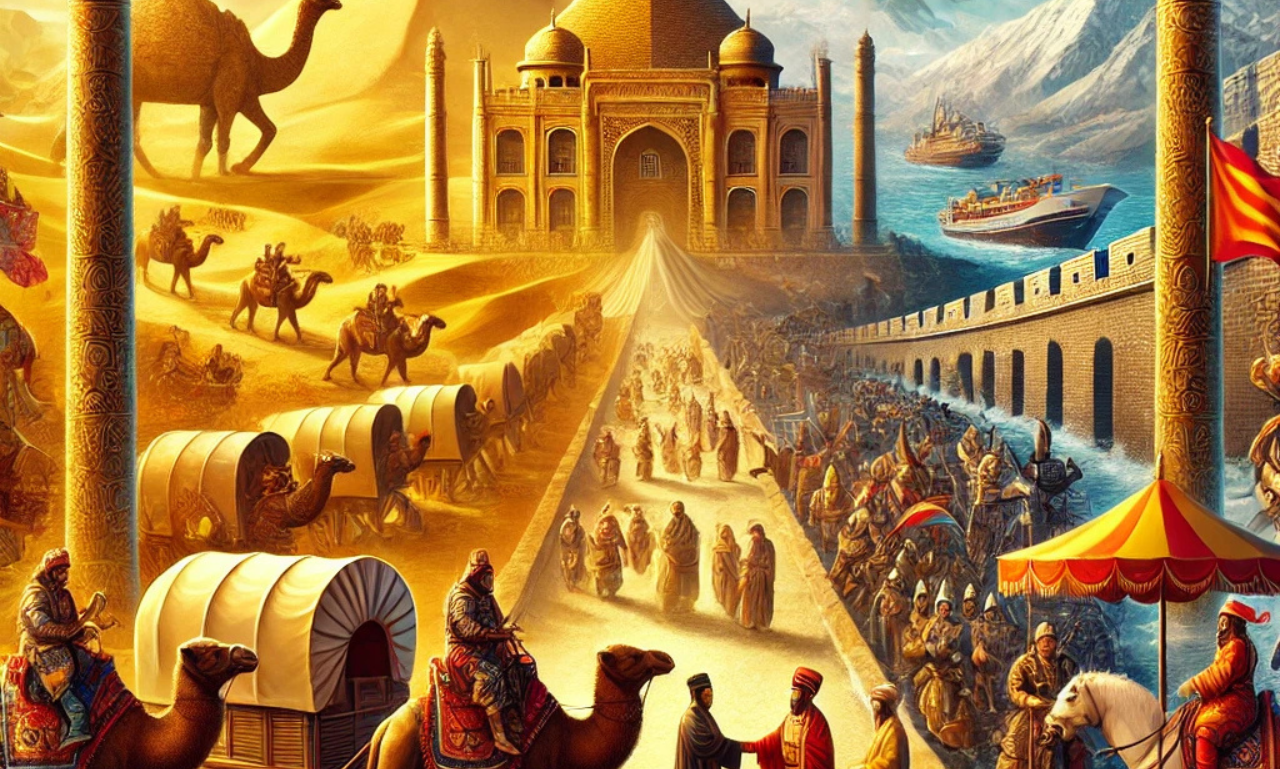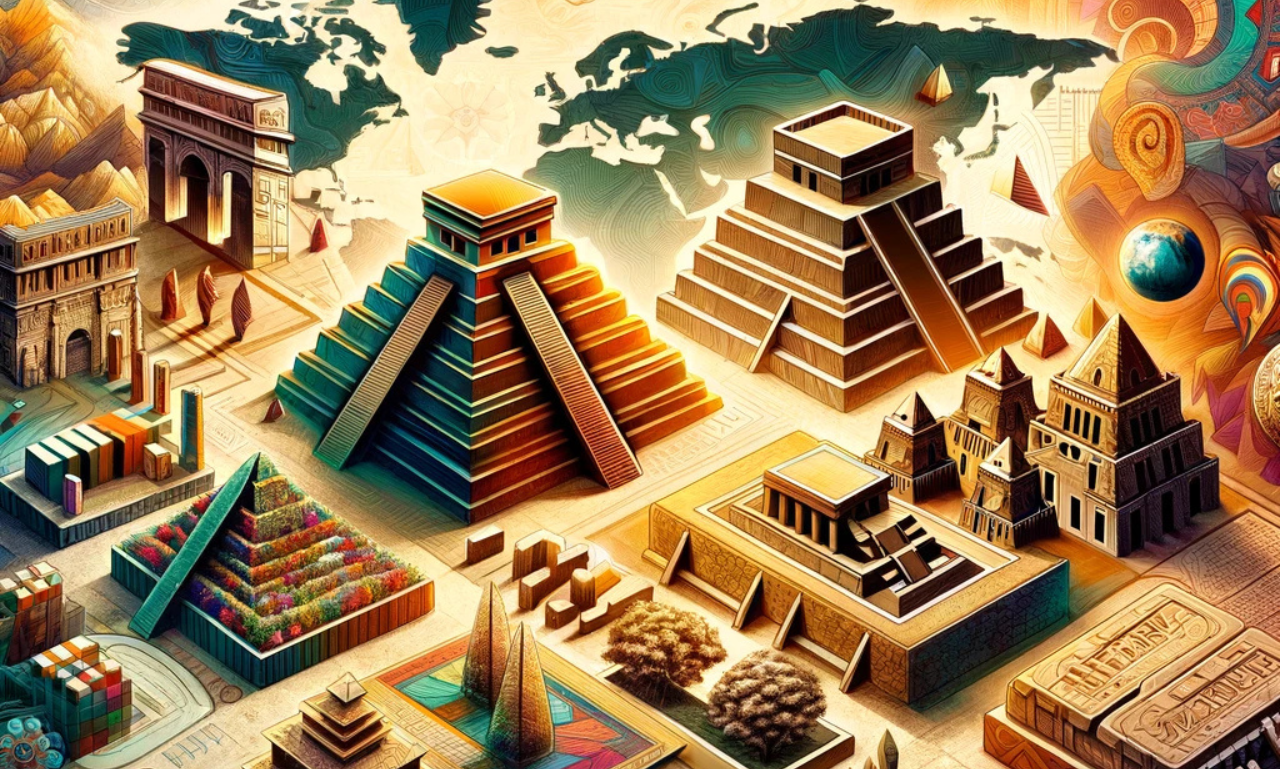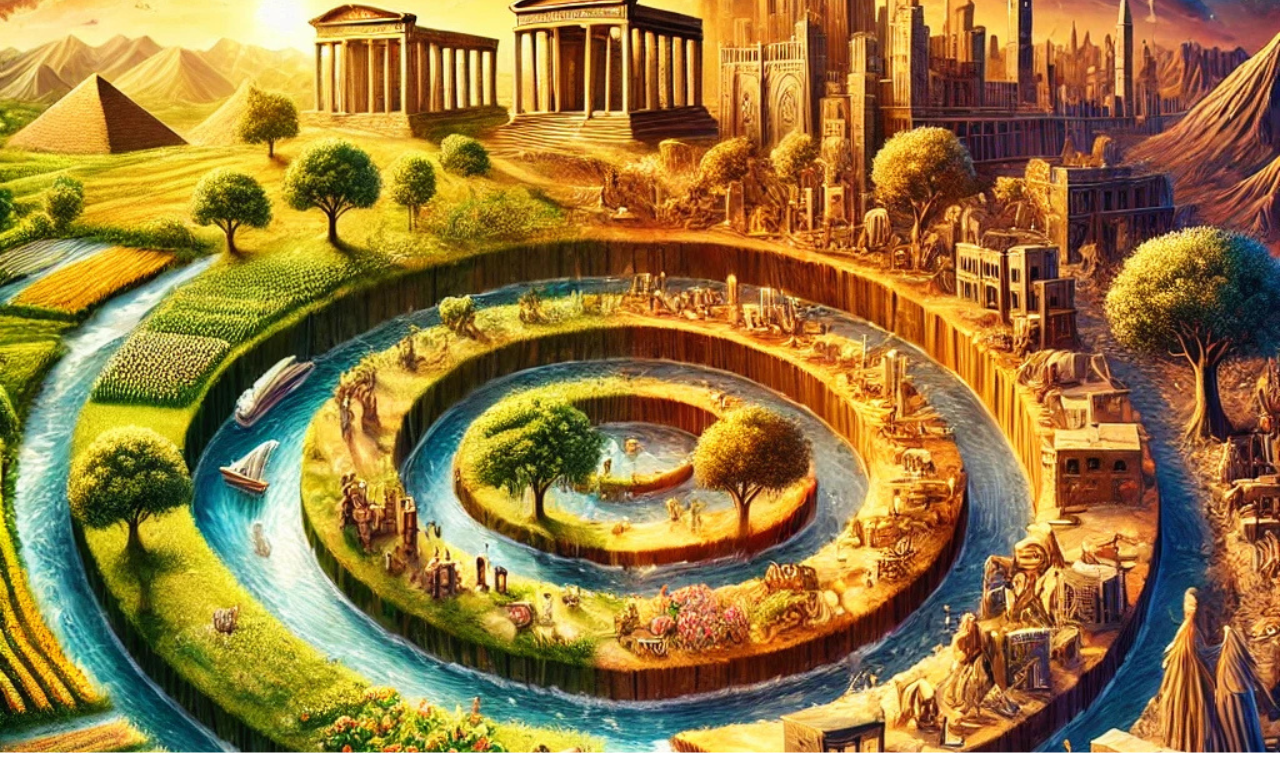History is more than a collection of stories; it is a map of humanity’s journey through time. Chronology, the sequential arrangement of events, provides the structure for this journey. It aids us in linking the various events, enabling us to understand their progression and the reasons behind them. Without chronology, history would be a chaotic mix of events, leaving us unable to see cause and effect or trace the evolution of societies, cultures, and technologies. Let’s dive into why chronology in history matters, the systems we use to measure time, and the methods that help us understand our past.
Why Chronology Matters
Chronology in history is fundamental for understanding events in their proper context. By organizing events in the order they happened, we can see how one moment led to the next. For instance, the Industrial Revolution did not emerge spontaneously. It was the result of earlier innovations and, in turn, brought about massive societal changes. Chronology lets us piece these events together, revealing patterns and explaining how societies grow and transform.
A strong chronological framework also ensures historical narratives are clear and coherent. It allows us to compare events across different regions and time periods. For example, the Renaissance in Europe coincided with cultural flourishing in Asia, showing both shared human experiences and unique regional differences. Without chronology, we’d miss these fascinating connections.
Dating Systems: Mapping Time
To make sense of history, we need systems to measure and label time. Various methods of recording dates and events have evolved over time. Two of the most familiar systems are BC/AD and BCE/CE.
BC/AD: A Traditional Framework
The BC/AD system stands for “before Christ” and “Anno Domini” (Latin for “in the year of our Lord”). Rooted in Christian tradition, this system uses the birth of Jesus Christ as the dividing line between years before and after his birth. It had an enduring impact on how history was recorded and understood.
BCE/CE: A Secular Alternative
To make the dating system more inclusive, scholars introduced BCE (before the Common Era) and CE (Common Era). This approach retains the same numeric years as BC and AD but removes religious references. While BCE/CE attempts to maintain neutrality, there is ongoing debate about tradition, accuracy, and inclusivity, demonstrating how closely these systems are linked to cultural identity.
Regional and Cultural Calendars
Beyond BC/AD and BCE/CE, many cultures created their own calendars, reflecting their unique traditions and values.
The Islamic Calendar (Hijri)
The Islamic calendar, also called the Hijri calendar, is based on lunar cycles. It begins with the Hijrah, Prophet Muhammad’s migration from Mecca to Medina in 622 CE. Years are denoted as A.H. (after Hijra). This calendar is still used to memorialize Islamic holidays and significant events.
The Hebrew Calendar
The Hebrew calendar combines lunar and solar cycles, making it a lunisolar system. It is based on biblical tradition and begins with the believed date of the world’s creation. This calendar plays a key role in Jewish religious life, ensuring holidays align with specific lunar and solar phases.
The Chinese Calendar
The Chinese calendar, another lunisolar system, is essential to traditional Chinese festivals and cultural practices. Each year is associated with a different set of five elements and one of twelve animals. Over centuries, this calendar has been influenced by various dynasties and remains a vital part of Chinese cultural identity.
Julian and Gregorian Calendars
Julius Caesar introduced the Julian calendar to standardize timekeeping. However, inaccuracies in its leap year calculations led to the development of the Gregorian calendar in 1582 by Pope Gregory XIII. Today, the Gregorian calendar is the world’s most popular civil system.
Other Calendars
Many other cultures have distinct calendars. For instance, the Hindu calendar uses a lunisolar system to determine religious holidays. The Japanese calendar reflects the influence of emperors, marking time based on their reigns. These systems offer rich insights into cultural priorities and historical developments.
Methods for Dating Historical Events
Understanding history isn’t just about labeling years. It’s also about determining the age of events and artifacts. Historians use two main methods: relative dating and absolute dating.
Relative Dating: Establishing Sequences
Relative dating estimates the age of an artifact or event compared to others. It doesn’t provide exact dates but helps create a sequence of events. Stratigraphy, which examines soil or rock layers, is a common tool. An artifact is considered older if it was discovered beneath another layer. This method is invaluable when precise dating methods aren’t available.
Absolute Dating: Pinpointing Time
Absolute dating provides a specific date or range of dates. Popular techniques include radiocarbon dating and dendrochronology.
- Radiocarbon Dating: This method measures the decay of carbon isotopes in organic materials to determine age. Paleontology and archaeology both make extensive use of it.
- Dendrochronology: By analyzing tree rings, this method dates wooden artifacts or environmental events. Each ring represents a year, offering a detailed chronological record.
While absolute dating is precise, it’s not always feasible due to material or cost limitations. Relative dating, though less exact, remains a valuable tool for constructing historical narratives.
Conclusion
Chronology is the thread that connects history, turning a collection of events into a meaningful story. By organizing events in sequence, we uncover patterns, understand causes and effects, and appreciate the complexity of human development. Dating systems like BC/AD and BCE/CE offer frameworks for measuring time, while regional calendars provide unique cultural perspectives. Together, relative and absolute dating methods help us make sense of the past, each with its own strengths.
As you explore history, remember that chronology in history isn’t just about dates. It’s about understanding how the past shapes the present and the future. Whether you’re studying ancient civilizations or modern events, the principles of chronology will guide your journey through time.
